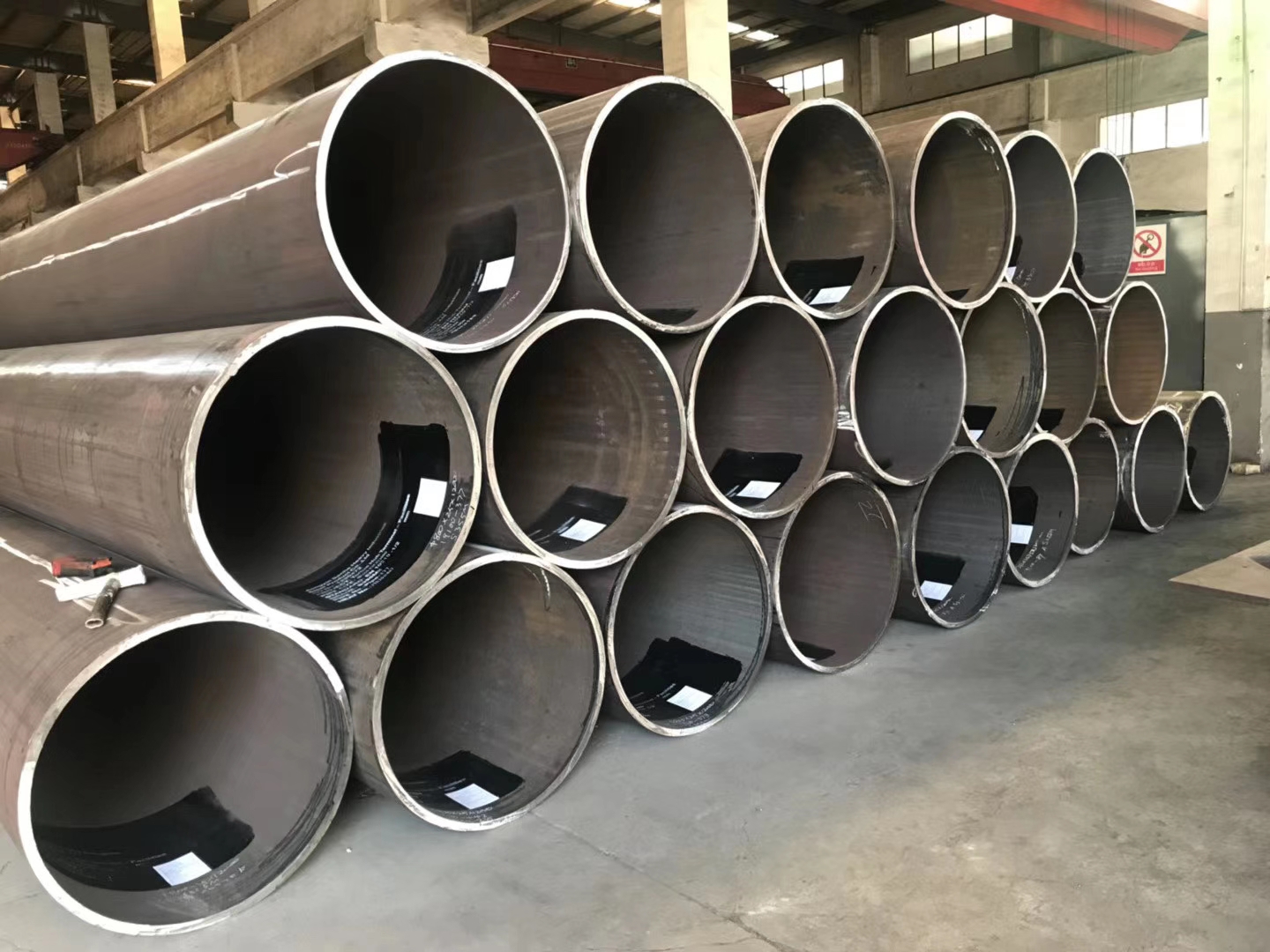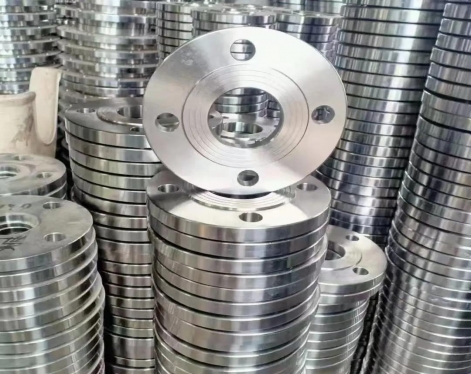Weldability refers to the difficulty of obtaining excellent welded joints for welded steel pipes(such as ERW pipe) under the conditions of certain welding processes, including welding methods, welding materials, welding specifications and welding structures.
The welding performance of welded pipes includes two aspects:
1. Joining performance: Under certain welding process conditions, the welded pipe is sensitive to welding defects.
The factors that determine the joint performance are: the physical properties of seamless pipes, such as melting point, thermal conductivity and expansion rate, the chemical properties and metallurgical effects of welded pipes and welding materials during welding, etc. A material is considered to have good joining properties when it undergoes physical, chemical, and metallurgical actions during the welding process to form a welded joint free of welding defects.
2. Use performance: the adaptability of the welded joints of the welded pipe to the use requirements under certain welding process conditions, that is, the ability of the welded joints to bear the load. Such as bearing static load, impact load and fatigue load, etc., as well as the low temperature resistance, high temperature performance, oxidation resistance and corrosion resistance of welded joints.

Influencing factors of welded pipe weldability
The quality of welded pipe welding performance mainly depends on its chemical composition. Among them, the carbon element has the greatest influence, that is to say, the amount of carbon in the metal determines its weldability. Most of the other alloying elements in the steel pipe are also not conducive to welding, but their influence is generally much smaller than that of carbon. As the carbon content in the steel increases, the hardening tendency increases, the plasticity decreases, and welding cracks are prone to occur. Usually, the sensitivity of seamless pipes to cracks during welding and the change of mechanical properties in the welded joint area are used as the main indicators for uating the weldability of materials. Low-carbon steel and low-alloy steel with a carbon content of less than 0.25% have excellent plasticity and impact toughness, and the plasticity and impact toughness of the welded joint after welding are also very good. There is no need for preheating and post-weld heat treatment during welding, and the welding process is common and simple, so it has good weldability. As the carbon content increases, the tendency of welding cracks is greatly increased. Therefore, steel with a carbon content greater than 0.25% should not be used in the manufacture of steel pipes for boilers and pressure vessels.
Estimation method
Since the influence of carbon is the most obvious, the influence of other elements can be converted into the influence of carbon.
Empirical formula for carbon equivalent of carbon steel and low alloy structural steel:
w=w(C)+1/6[w(Mn)]+1/5[w(Cr)+w(Mo)+w(V)]+1/15[w(Ni)+w(Cu) ]
Tips:Based on experience:
When w<0.4%, the weldability of the steel pipe is good, and preheating should be considered.
When w=0.4%~0.6%, the weldability is relatively poor.
When w>0.6%, the solderability is very poor and must be preheated to a higher temperature.
The welding performance of welded pipes includes two aspects:
1. Joining performance: Under certain welding process conditions, the welded pipe is sensitive to welding defects.
The factors that determine the joint performance are: the physical properties of seamless pipes, such as melting point, thermal conductivity and expansion rate, the chemical properties and metallurgical effects of welded pipes and welding materials during welding, etc. A material is considered to have good joining properties when it undergoes physical, chemical, and metallurgical actions during the welding process to form a welded joint free of welding defects.
2. Use performance: the adaptability of the welded joints of the welded pipe to the use requirements under certain welding process conditions, that is, the ability of the welded joints to bear the load. Such as bearing static load, impact load and fatigue load, etc., as well as the low temperature resistance, high temperature performance, oxidation resistance and corrosion resistance of welded joints.

Influencing factors of welded pipe weldability
The quality of welded pipe welding performance mainly depends on its chemical composition. Among them, the carbon element has the greatest influence, that is to say, the amount of carbon in the metal determines its weldability. Most of the other alloying elements in the steel pipe are also not conducive to welding, but their influence is generally much smaller than that of carbon. As the carbon content in the steel increases, the hardening tendency increases, the plasticity decreases, and welding cracks are prone to occur. Usually, the sensitivity of seamless pipes to cracks during welding and the change of mechanical properties in the welded joint area are used as the main indicators for uating the weldability of materials. Low-carbon steel and low-alloy steel with a carbon content of less than 0.25% have excellent plasticity and impact toughness, and the plasticity and impact toughness of the welded joint after welding are also very good. There is no need for preheating and post-weld heat treatment during welding, and the welding process is common and simple, so it has good weldability. As the carbon content increases, the tendency of welding cracks is greatly increased. Therefore, steel with a carbon content greater than 0.25% should not be used in the manufacture of steel pipes for boilers and pressure vessels.
Estimation method
Since the influence of carbon is the most obvious, the influence of other elements can be converted into the influence of carbon.
Empirical formula for carbon equivalent of carbon steel and low alloy structural steel:
w=w(C)+1/6[w(Mn)]+1/5[w(Cr)+w(Mo)+w(V)]+1/15[w(Ni)+w(Cu) ]
Tips:Based on experience:
When w<0.4%, the weldability of the steel pipe is good, and preheating should be considered.
When w=0.4%~0.6%, the weldability is relatively poor.
When w>0.6%, the solderability is very poor and must be preheated to a higher temperature.









